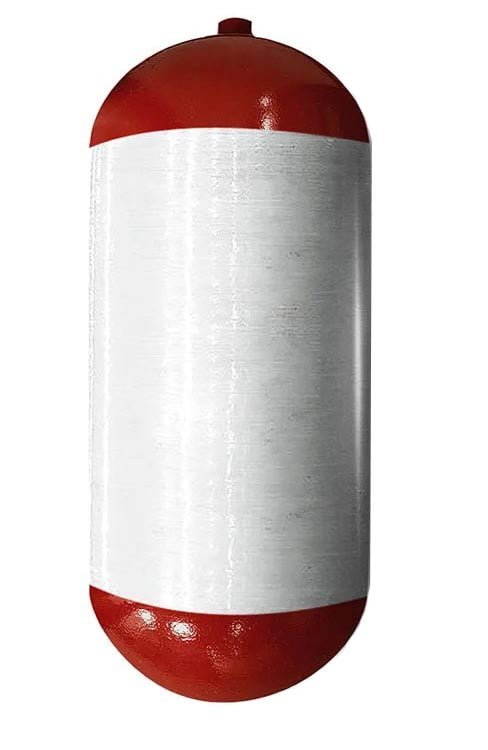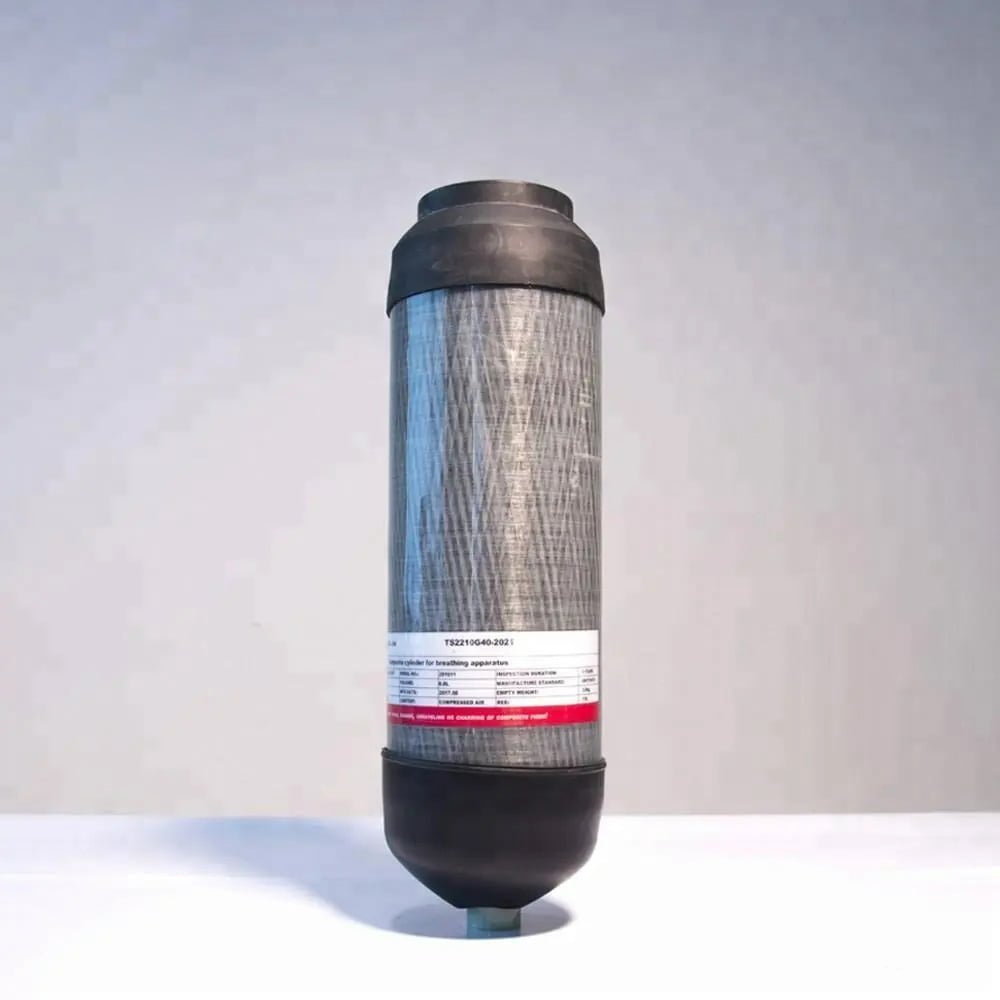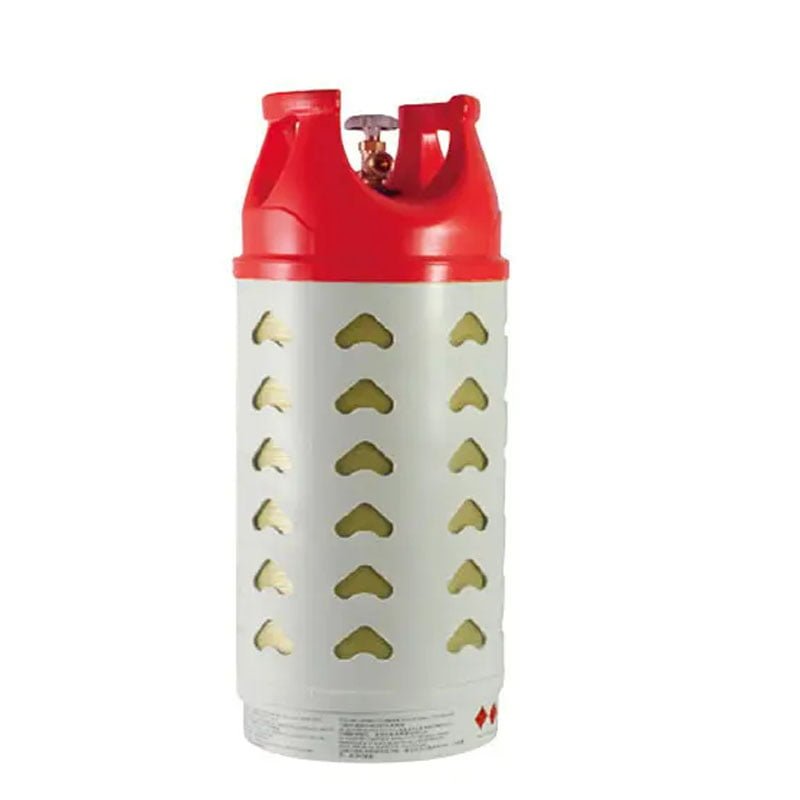A gas cylinder is a type of pressure vessel, used for storing and accommodating high-pressure gases. It is usually divided into five types:
Type I: Cylinders are made of all-metal materials, usually steel or aluminum. Such as cutting gas cylinders and carbon dioxide compressed gas cylinders.

Type II: Some fibers are partially wrapped on the surface of the Type I cylinder. These fibers mainly include glass fiber and carbon fiber. The fiber-wrapped cylinder can increase the air pressure load and accommodate more gas.

Type III: The metal liner is usually made of aluminum material, with carbon fiber or glass fiber composite material wrapped around the periphery, due to the higher air pressure bearing capacity of the composite material. Making the Type III gas cylinder lightweight and capable of storing more gas, it is an ideal pressure vessel.

Type IV: Usually, it is lined with polyamide (PA) or high-density polyethylene (HDPE), and wrapped with carbon fiber or carbon/glass fiber composite materials on the periphery. The composite fiber materials bear almost all pneumatic loads. The fourth type of gas cylinder, due to its lack of metal components, has a very light weight and is an ideal container for storing liquefied petroleum gas.

Type V: Composed of fully composite fiber materials, without liner. There is currently no mature technology to implement this type of gas cylinder.






